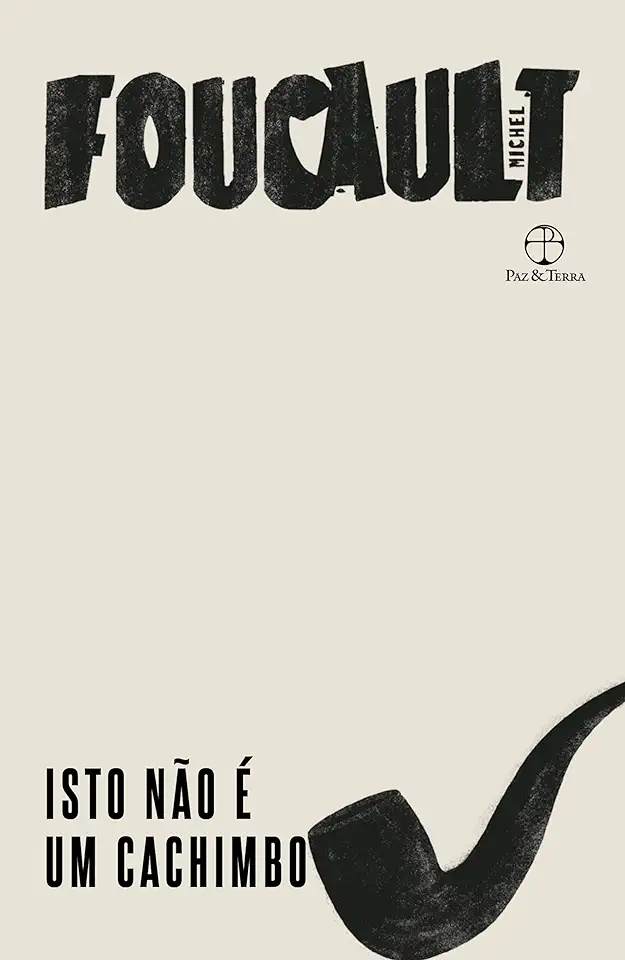
This Is Not a Pipe - Michel Foucault
This Is Not a Pipe: An Introduction to Post-Structuralism
In his seminal work, "This Is Not a Pipe," Michel Foucault challenges traditional notions of truth, reality, and representation. Through a close examination of the famous painting by René Magritte, Foucault argues that language and images are not transparent windows to the world, but rather complex systems of signification that produce meaning.
Deconstructing the Pipe
Foucault begins his analysis by focusing on the title of Magritte's painting, which reads "Ceci n'est pas une pipe" ("This is not a pipe"). This title, Foucault argues, is not simply a statement of fact, but rather a commentary on the nature of representation itself. By declaring that the painting is not a pipe, Magritte is drawing attention to the fact that the painting is not the same as the object it represents. The painting is a representation of a pipe, but it is not the pipe itself.
This distinction between representation and reality is crucial to Foucault's argument. He argues that language and images are not simply mirrors of the world, but rather active forces that shape our understanding of it. When we look at a painting, we are not simply seeing the world as it is, but rather the world as it is represented by the artist. The artist's perspective, biases, and intentions all play a role in shaping the meaning of the painting.
The Power of Discourse
Foucault's analysis of Magritte's painting leads him to a broader discussion of the power of discourse. Discourse, he argues, is not simply a neutral medium for communication, but rather a powerful tool that can be used to shape people's thoughts and actions. Discourse can be used to create and maintain social norms, to legitimize power structures, and to marginalize or exclude certain groups of people.
Foucault's work has been highly influential in the development of post-structuralism, a school of thought that rejects the idea of a single, objective truth. Post-structuralists argue that all knowledge is produced within a particular historical and cultural context, and that there is no such thing as a neutral or objective perspective.
Implications for Art and Literature
Foucault's work has had a profound impact on the way we think about art and literature. Post-structuralist critics have challenged traditional notions of authorship, originality, and interpretation. They have argued that there is no such thing as a single, correct interpretation of a work of art, and that the meaning of a work is always open to negotiation and change.
Foucault's work has also been used to challenge traditional notions of genre and form. Post-structuralist critics have argued that there are no essential differences between different genres of art and literature, and that any work of art can be interpreted in a variety of ways.
Conclusion
"This Is Not a Pipe" is a challenging and provocative work that has had a profound impact on the way we think about language, representation, and power. Foucault's work is essential reading for anyone interested in the humanities, social sciences, or art history.
Why You Should Read This Book
If you are interested in learning more about post-structuralism, or if you are simply looking for a challenging and thought-provoking read, then I highly recommend "This Is Not a Pipe." Foucault's work is sure to challenge your assumptions about the world and the way we represent it.
Here are a few reasons why you should read "This Is Not a Pipe":
- It is a seminal work of post-structuralist thought.
- It challenges traditional notions of truth, reality, and representation.
- It offers a new way of thinking about language, images, and power.
- It has been highly influential in the development of art and literary criticism.
- It is a challenging and thought-provoking read.
If you are ready to have your mind blown, then pick up a copy of "This Is Not a Pipe" today.